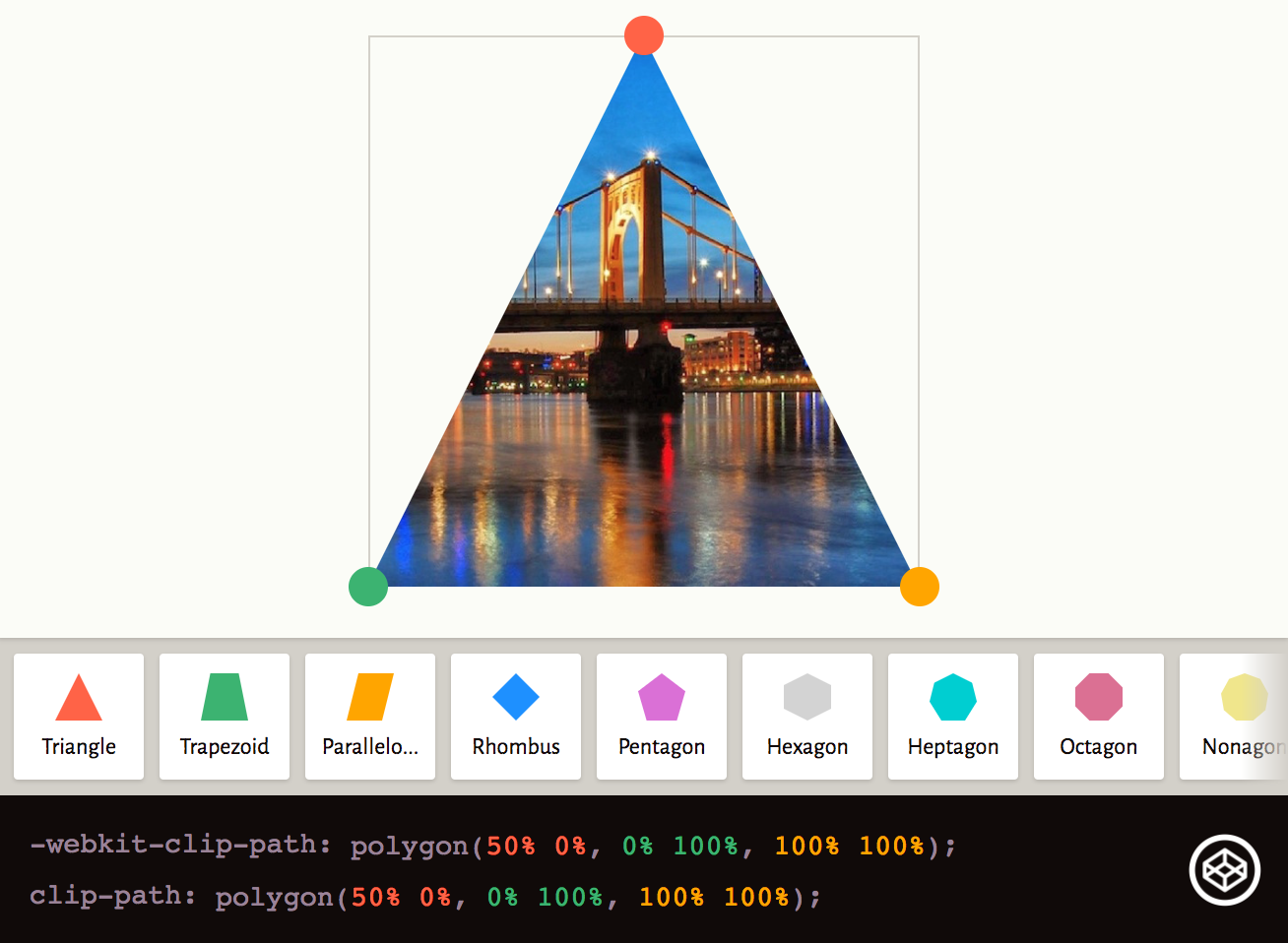

Change the curve profiles to see which effect looks fitting. This option is also a great tool to control the softness of the shadow.Ĭontour allows you to control how the shadow fades off. Pushing the slider towards the right increases the size of your shadow in 1-pixel increment. Usually for normal shadows, keep spread to 0% but if you require harder shadows then start pushing the slider towards 100 and see where your shadows fit perfectly.Īt 0, the size of your shadow is the same as the size of your object. The spread option controls how much the edges of the drop shadows fade off.

Here, moving the slider allows you to change the apparent distance between the object and the background. It is recommended that you check the “use global light” option so that the position of the light sources on all other effects used (such as bevel and others) and so will produce a coherent image at the end. Change the position of the spinner or the change the value of the angle in the box to change the position of the shadow. This option allows you to change the position of the light source and thus the position of your drop shadow. 100% is fully opaque and 0% is fully transparent. Move the slider back and forth to find the right amount your image needs. This setting specifies how opaque or transparent your drop shadow is. Click the black box beside the pulldown option bar to select a color. Blend mode is also the place where you get to choose your drop shadows color. But do go through all the options so that you find the best blend mode that suits your image. A good choice to use would be the linear burn or the multiply option so that the drop shadow darkens that bit of area on the layer behind it. This is the option that specifies how your drop shadow blends into the layer behind it. Select the drop shadow on the options on the left of the window and then mess around with the settings beside. Double click on the layer with the object and the layer styles window should pop up. Now that you have your desired text or object on a separate layer, it’s time to create the shadow.įor newbies, the Drop shadow dialog box is a good starting place.
Clip path drop shadow how to#
If the background is transparent then you can skip this step otherwise please read our article on how to make a clipping path and copy the object on a new layer. You must first separate the object from the background. If you want to add the drop shadow on an object:

This will put the text on a layer with a transparent background Write your desired text and then right-click on the text layer in the layer window and click ‘Rasterize Type’. Select the Horizontal Type tool from the sidebar or press ‘T’. If you want to add a drop shadow to a text: If you are not familiar with this yet, please check this tutorial: photoshop-pen-tool-beginner-tutorial Isolate the targeted object by using the ‘pen tool’. Today’s tutorial is on how you can add realistic shadows to objects in just a few simple steps.


 0 kommentar(er)
0 kommentar(er)
